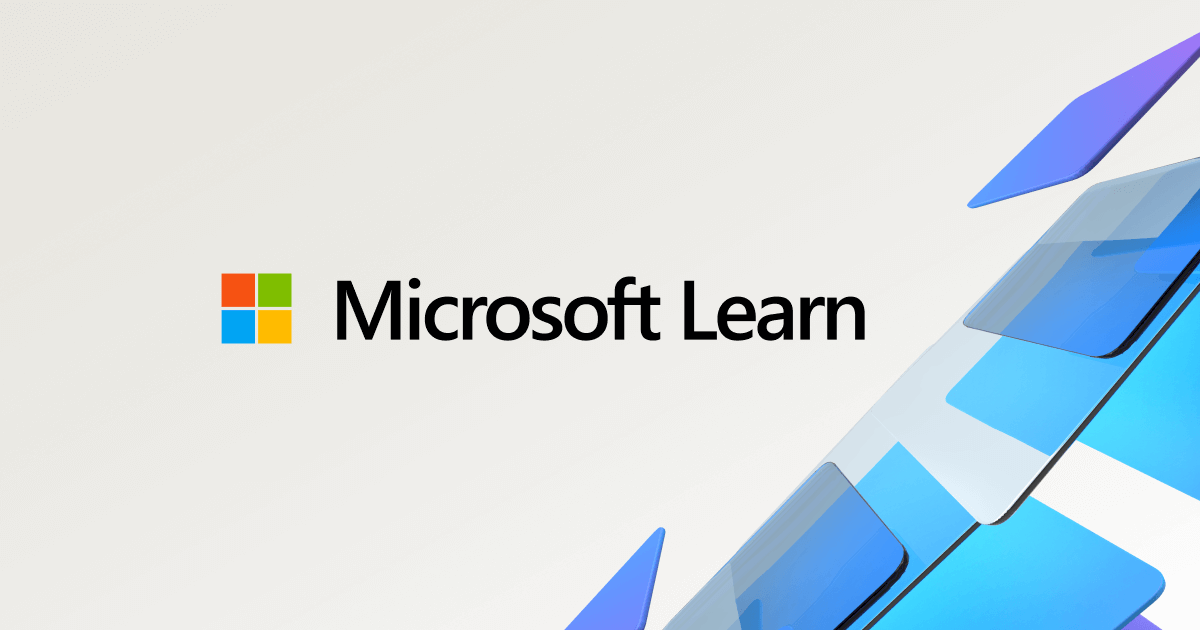HCHTech
Well-Known Member
- Reaction score
- 4,259
- Location
- Pittsburgh, PA - USA
I'm doing some "reorganization" at one of my larger clients (30 ees), coincident with a server refresh. I'd like to:
So, I guess I'm asking for the experience of others that might have gone down this path. Great "you're the best IT guy ever!" solution? Solves the problem but creates other problems, so a lateral move at best? Terrible idea for so many reasons? What's your vote?
- Simplify backup of local workstation files
- Present the user with the same experience whether logged on to the RDS server or a desktop at the office
- Enjoy the benefits of a simpler job when replacing workstations
So, I guess I'm asking for the experience of others that might have gone down this path. Great "you're the best IT guy ever!" solution? Solves the problem but creates other problems, so a lateral move at best? Terrible idea for so many reasons? What's your vote?

